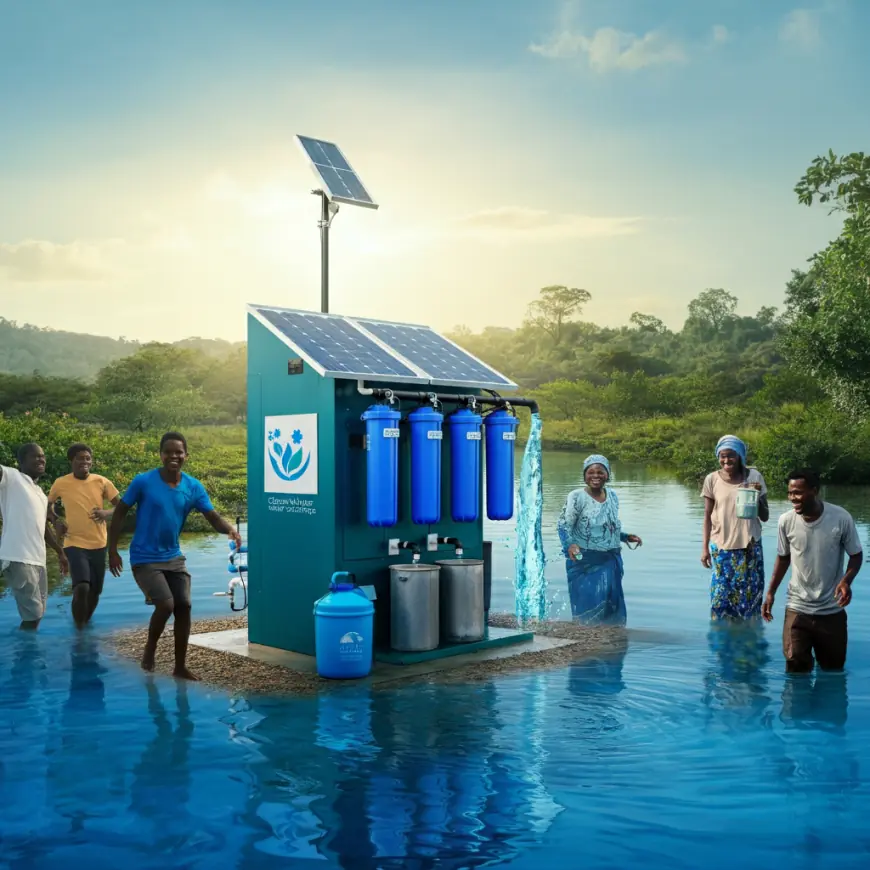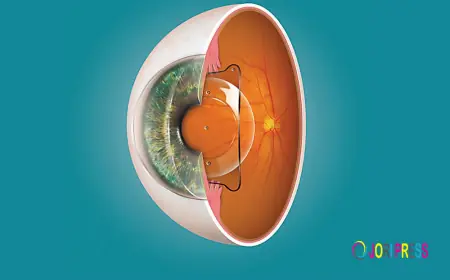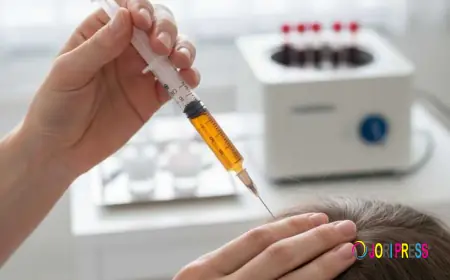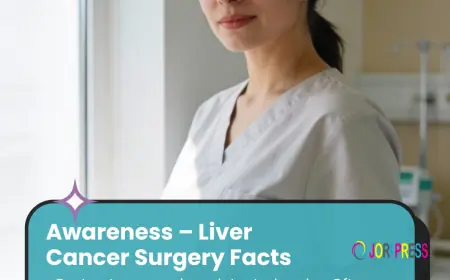Clean Water Solutions: Your Complete Guide to Safe Drinking Water
Discover proven clean water solutions from home filtration to community initiatives. Learn how technology and conservation create safe drinking water worldwide.

Over 2 billion people worldwide lack access to safely managed drinking water at home. This staggering statistic represents one of the most pressing challenges of our time, affecting public health, economic development, and social stability across the globe. While the scale of the problem might seem overwhelming, numerous clean water solutions exist that can make a real difference—from simple household filtration systems to innovative community-based initiatives.
Clean water isn't just about having something to drink. It's about preventing waterborne diseases, supporting agricultural productivity, and ensuring that families don't have to spend hours each day collecting water from distant sources. The good news is that technology, policy changes, and individual actions are converging to create meaningful progress in addressing water scarcity and contamination.
This comprehensive guide explores the full spectrum of clean water solutions available today. You'll discover practical options for improving water quality in your own home, learn about community-based approaches that are transforming entire regions, and understand how emerging technologies are revolutionising water purification. Whether you're concerned about your family's water quality or interested in supporting global water initiatives, this guide provides the knowledge and tools you need to make informed decisions and take meaningful action.
Understanding the Global Water Crisis
The world's water crisis extends far beyond simple scarcity. While some regions face genuine shortages due to climate change and overuse, many areas have abundant water resources that remain inaccessible due to contamination, inadequate infrastructure, or economic barriers.
Sub-Saharan Africa faces some of the most severe challenges, with over 400 million people lacking basic water services. However, the problem isn't limited to developing nations. Even in wealthy countries, ageing infrastructure, industrial pollution, and natural disasters regularly compromise water safety. The crisis in Flint, Michigan, where lead contamination affected an entire city, demonstrates how water security can be threatened anywhere.
Climate change compounds these challenges by altering precipitation patterns, increasing the frequency of droughts and floods, and raising sea levels that contaminate freshwater sources with saltwater. These environmental pressures make sustainable water management more critical than ever.
Understanding Common Water Contaminants
Before exploring solutions, it's essential to understand what makes water unsafe. Water contamination falls into several categories, each requiring different treatment approaches.
Biological Contaminants
Bacteria, viruses, and parasites pose immediate health risks, causing diseases like cholera, dysentery, and typhoid. These pathogens often enter water supplies through inadequate sanitation systems or contaminated runoff. Biological contamination is particularly prevalent in areas without proper sewage treatment infrastructure.
Chemical Pollutants
Industrial activities, agricultural runoff, and household chemicals introduce various toxic substances into water sources. Heavy metals like lead and mercury can cause neurological damage, while pesticides and herbicides may contribute to cancer and reproductive issues. Fluoride, though beneficial in small amounts, becomes toxic at higher concentrations.
Physical Contaminants
Sediment, debris, and other physical particles affect water's appearance, taste, and safety. While often less immediately dangerous than biological or chemical contaminants, these particles can harbour pathogens and make water unpalatable.
Emerging Contaminants
Pharmaceutical residues, microplastics, and synthetic chemicals represent growing concerns. These substances often pass through traditional treatment systems, requiring advanced filtration technologies to remove effectively.
Home Water Filtration Systems: A Detailed Overview
For many people, improving water quality begins at home. Modern filtration systems offer varying levels of protection, from basic taste improvement to comprehensive contaminant removal.
Activated Carbon Filters
These popular systems use carbon's natural absorption properties to remove chlorine, volatile organic compounds, and some pesticides. Carbon filters improve taste and odour significantly but don't address biological contaminants or heavy metals effectively. They're relatively affordable and easy to maintain, making them an excellent starting point for water quality improvement.
Reverse Osmosis Systems
Reverse osmosis (RO) represents the gold standard for home water purification. These systems force water through semipermeable membranes that remove virtually all contaminants, including bacteria, viruses, heavy metals, and dissolved solids. While more expensive than carbon filters, RO systems provide comprehensive protection and can transform even heavily contaminated water into safe drinking water.
Ultraviolet Sterilisation
UV systems use ultraviolet light to destroy bacteria, viruses, and other pathogens without adding chemicals to the water. These systems work exceptionally well for biological contaminants but don't remove chemical pollutants or improve taste. UV sterilisation is often combined with other filtration methods for comprehensive water treatment.
Whole-House Systems
Rather than treating water at a single point, whole-house systems filter all water entering your home. These comprehensive solutions protect plumbing systems, improve shower and bathing water quality, and ensure that all household water meets safety standards. While requiring significant upfront investment, whole-house systems provide complete water security.
Community-Based Clean Water Initiatives
Individual solutions address personal water needs, but community-based approaches tackle the broader challenge of water access. These initiatives often prove more sustainable and cost-effective than individual efforts.
Local Water Cooperatives
Many communities form water cooperatives that pool resources to develop and maintain water infrastructure. These organisations can negotiate better prices for equipment, share maintenance costs, and ensure that water systems remain operational long-term. Cooperatives also build local capacity for water management, reducing dependence on external organisations.
Rainwater Harvesting Systems
Communities in water-scarce regions increasingly turn to rainwater harvesting to supplement traditional water sources. These systems collect and store rainfall for later use, reducing pressure on groundwater and surface water sources. Modern rainwater harvesting incorporates filtration and purification systems to ensure collected water meets safety standards.
Greywater Recycling
Greywater systems capture and treat wastewater from sinks, showers, and washing machines for reuse in irrigation and other non-potable applications. Community-scale greywater recycling can significantly reduce freshwater demand while providing valuable water for agricultural and landscaping needs.
Solar-Powered Water Treatment
Solar energy offers sustainable power for water treatment systems in remote communities. Solar-powered pumps can extract groundwater, while solar disinfection systems use UV radiation to purify water. These technologies provide reliable water treatment without depending on electrical grids or fossil fuels.
The Role of Technology in Water Purification
Technological innovation continues to revolutionise water purification, offering new solutions to persistent challenges. These advances make clean water more accessible and affordable worldwide.
Membrane Technology Advances
New membrane materials and designs improve efficiency while reducing costs. Graphene-based membranes show particular promise, offering superior filtration performance with lower energy requirements. These advances make advanced filtration technologies more accessible to communities with limited resources.
Smart Water Systems
Internet-connected sensors and monitoring systems enable real-time water quality assessment and system optimisation. Smart systems can detect contamination events quickly, automatically adjust treatment parameters, and alert operators to maintenance needs. This technology improves water safety while reducing operational costs.
Atmospheric Water Generation
Atmospheric water generators extract moisture from air to produce drinking water. While energy-intensive, these systems can provide water in extremely arid regions where traditional sources are unavailable. Advances in efficiency are making atmospheric water generation more viable for widespread use.
Biological Treatment Systems
Living machines and constructed wetlands use natural biological processes to treat contaminated water. These systems require minimal energy and maintenance while effectively removing various contaminants. Biological treatment represents a sustainable approach to water purification that works in harmony with natural ecosystems.
Sustainable Practices for Water Conservation
Clean water solutions must consider long-term sustainability to remain effective. Conservation practices reduce demand on water sources while protecting water quality.
Water-Efficient Landscaping
Xeriscaping and native plant landscaping reduce outdoor water use significantly. These approaches create attractive landscapes while requiring minimal irrigation. Water-efficient landscaping can reduce household water consumption by 30-50% in many regions.
Greywater Reuse
Household greywater systems capture and filter wastewater for landscape irrigation. Simple greywater systems can be installed affordably, while more sophisticated systems provide treatment for broader applications. Greywater reuse reduces freshwater demand while providing valuable nutrients for plants.
Leak Detection and Repair
Water system leaks waste enormous amounts of treated water. Regular maintenance and prompt repairs prevent water loss while reducing treatment costs. Modern leak detection technologies can identify problems before they become serious, protecting both water resources and infrastructure.
Efficient Water Fixtures
Low-flow showerheads, dual-flush toilets, and efficient washing machines reduce water consumption without compromising performance. These upgrades often pay for themselves through reduced water bills while contributing to conservation efforts.
Government and NGO Efforts in Clean Water Provision
Large-scale clean water solutions require coordinated efforts from governments, non-governmental organisations, and international bodies. These initiatives address systemic challenges that individual and community actions cannot solve alone.
Infrastructure Development
Governments invest in water treatment plants, distribution networks, and sewage treatment facilities that serve entire regions. These large-scale projects require significant capital investment but provide comprehensive water security for millions of people. Modern infrastructure incorporates advanced treatment technologies and monitoring systems to ensure long-term reliability.
Regulatory Framework
Water quality standards and enforcement mechanisms protect public health by ensuring that water suppliers meet safety requirements. Effective regulation requires ongoing monitoring, testing, and enforcement to maintain water quality standards. Strong regulatory frameworks also encourage innovation by creating markets for advanced water treatment technologies.
International Cooperation
Water challenges often cross national boundaries, requiring international cooperation to address effectively. River basin management, shared aquifer agreements, and technology transfer programmes help countries work together on water security. International organisations facilitate knowledge sharing and provide funding for water infrastructure projects.
Emergency Response
Natural disasters and contamination events require rapid response to protect public health. Emergency water treatment systems, bottled water distribution, and temporary infrastructure help communities maintain water access during crises. Effective emergency response depends on pre-positioned resources and clear coordination mechanisms.
Personal Actions to Support Clean Water Solutions
Individual actions, while seemingly small, collectively make significant impacts on water quality and availability. Personal choices can reduce water consumption, prevent contamination, and support broader clean water initiatives.
Household Water Conservation
Simple changes in daily routines can dramatically reduce water consumption. Shorter showers, full dishwasher loads, and fixing leaks promptly all contribute to conservation. Water-saving habits become second nature with practice, reducing household water use by 20-30% without sacrificing comfort.
Pollution Prevention
Proper disposal of chemicals, medications, and other household products prevents water contamination. Many water treatment systems cannot remove pharmaceutical residues and industrial chemicals, making source control essential. Choosing environmentally friendly products further reduces potential water contamination.
Supporting Water Organisations
Charitable organisations working on water projects rely on donations and volunteer support to expand their impact. Contributing to reputable water charities helps fund infrastructure projects, emergency response, and community education programmes. Many organisations provide regular updates on project progress, allowing donors to see the direct impact of their contributions.
Advocacy and Education
Raising awareness about water issues and supporting policies that protect water resources creates broader change. Contacting elected officials, participating in community meetings, and sharing information about water challenges helps build support for clean water initiatives. Educational efforts help others understand the importance of water conservation and quality protection.
The Future of Clean Water: Innovations and Challenges
The clean water sector continues evolving rapidly, with emerging technologies offering new possibilities while persistent challenges require ongoing attention.
Emerging Technologies
Artificial intelligence optimises water treatment processes, reducing energy consumption and improving efficiency. Nanotechnology enables new filtration materials with unprecedented capabilities. Biotechnology harnesses natural processes for water treatment, creating sustainable solutions that work with natural systems rather than against them.
Scaling Solutions
Many promising technologies remain expensive or difficult to implement at scale. Research focuses on reducing costs and simplifying deployment to make advanced water treatment accessible worldwide. Modular designs and standardised components help reduce installation and maintenance complexity.
Climate Adaptation
Climate change will continue affecting water resources, requiring adaptive management strategies. Drought-resistant water systems, flood-resilient infrastructure, and flexible treatment technologies help communities maintain water security despite changing conditions. Climate adaptation requires long-term planning and investment to remain effective.
Financing Innovation
Sustainable financing mechanisms enable continued investment in water infrastructure and technology development. Public-private partnerships, impact investing, and innovative funding models help bridge the gap between water needs and available resources. Effective financing ensures that clean water solutions remain accessible to all communities, regardless of economic status.
Taking Action for Global Water Security
Clean water solutions exist at every scale, from individual household systems to international cooperation programmes. The challenge lies not in developing new technologies but in implementing existing solutions effectively and sustainably.
Your role in addressing the water crisis can take many forms. Installing home filtration systems protects your family while reducing demand on municipal treatment plants. Supporting community water initiatives helps build local capacity and resilience. Advocating for strong water policies and regulations creates systemic change that benefits everyone.
The path forward requires sustained commitment from individuals, communities, and institutions worldwide. By understanding the options available and taking appropriate action, we can work together to ensure that clean water becomes a reality for everyone, everywhere. The solutions exist—now we must implement them with the urgency and dedication this critical challenge demands.
What's Your Reaction?
 Like
0
Like
0
 Dislike
0
Dislike
0
 Love
0
Love
0
 Funny
0
Funny
0
 Angry
0
Angry
0
 Sad
0
Sad
0
 Wow
0
Wow
0


















































